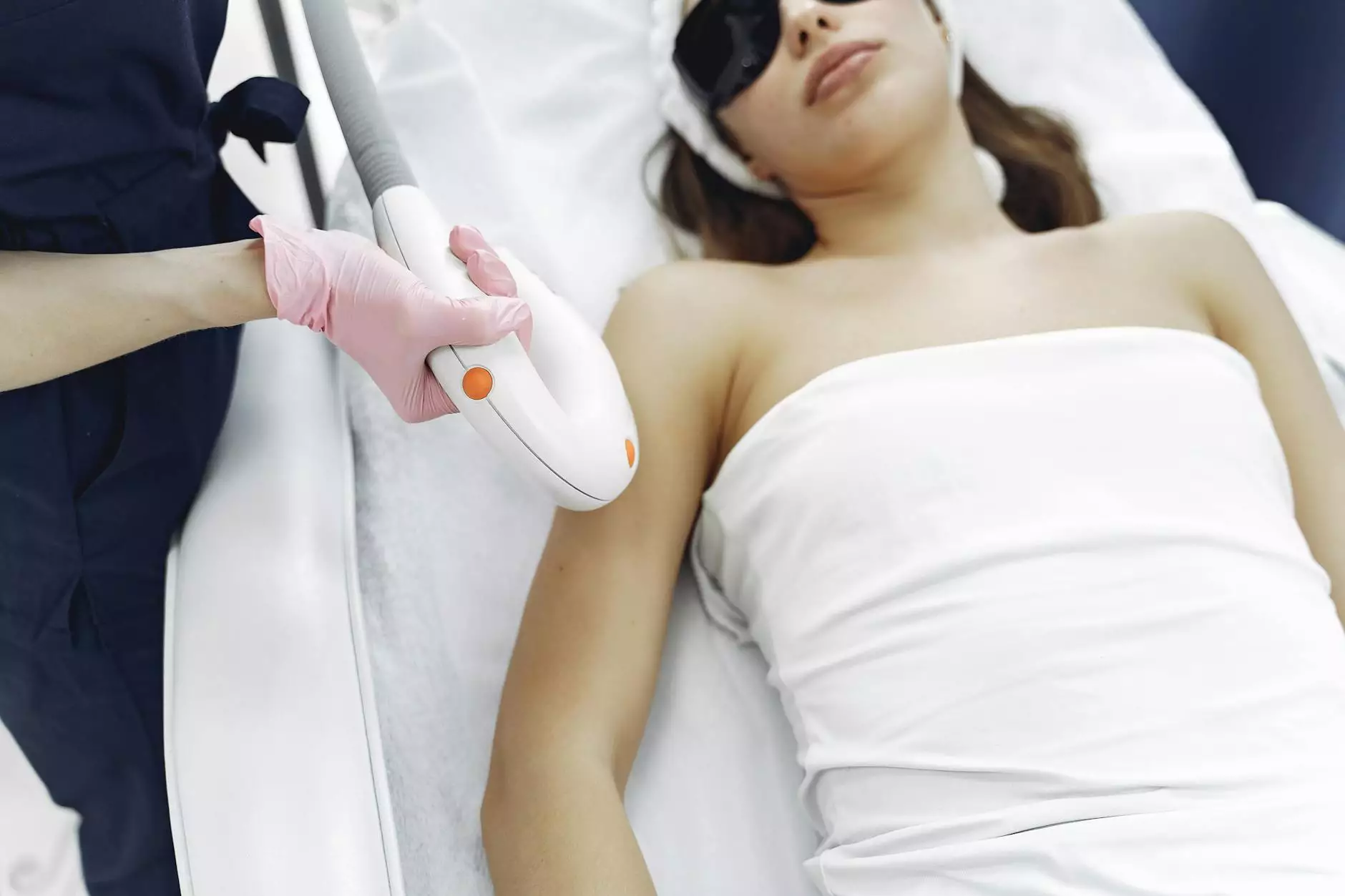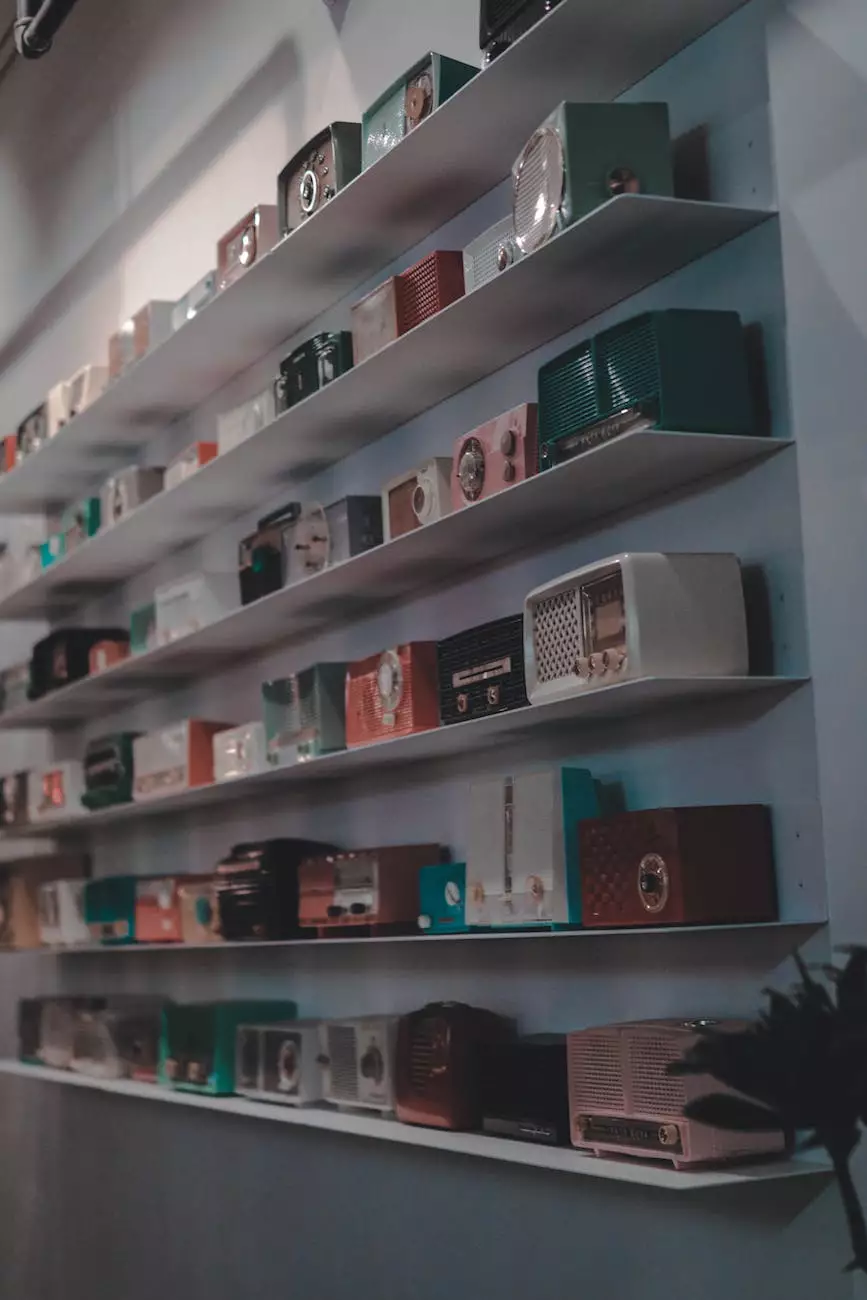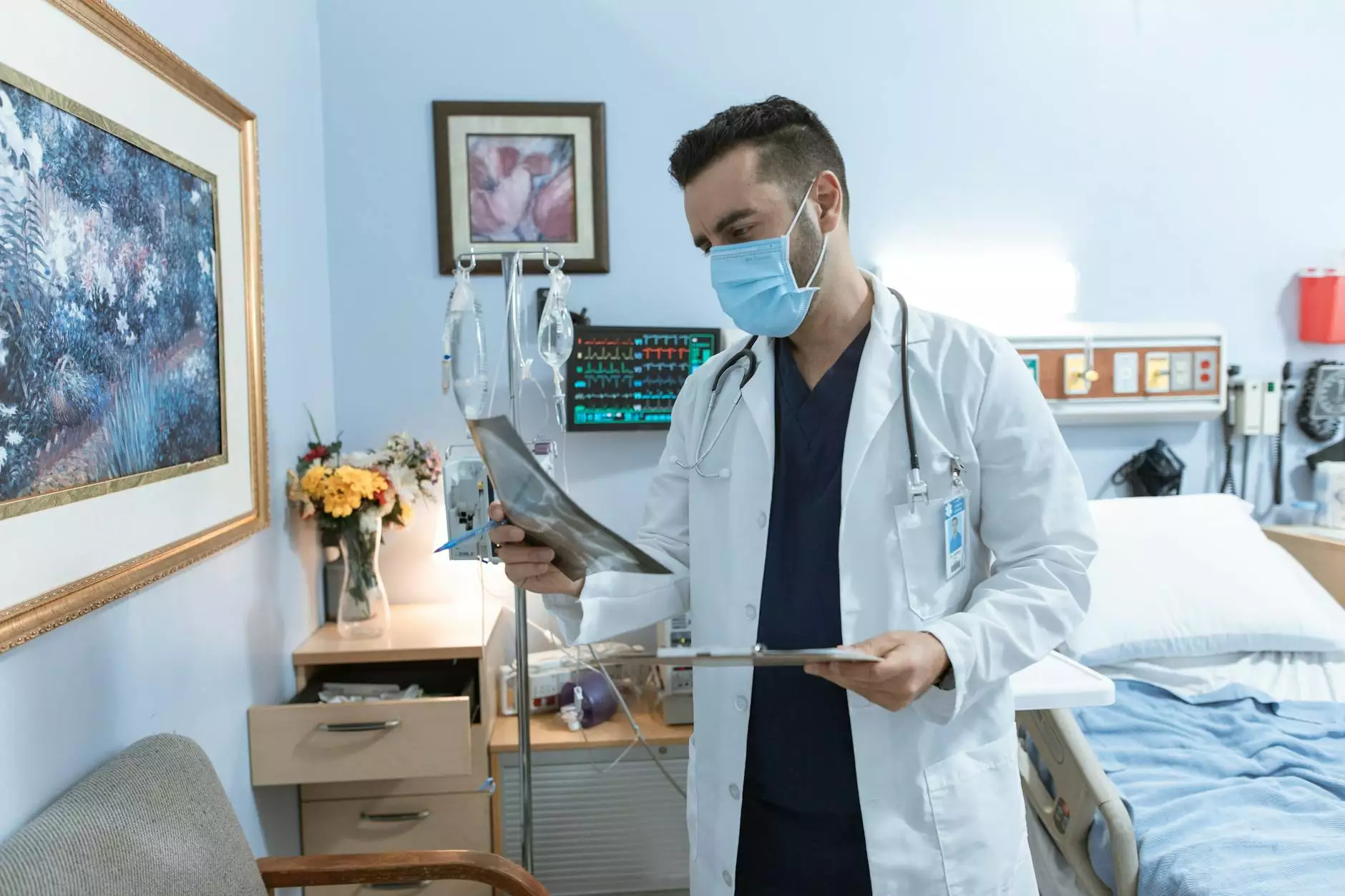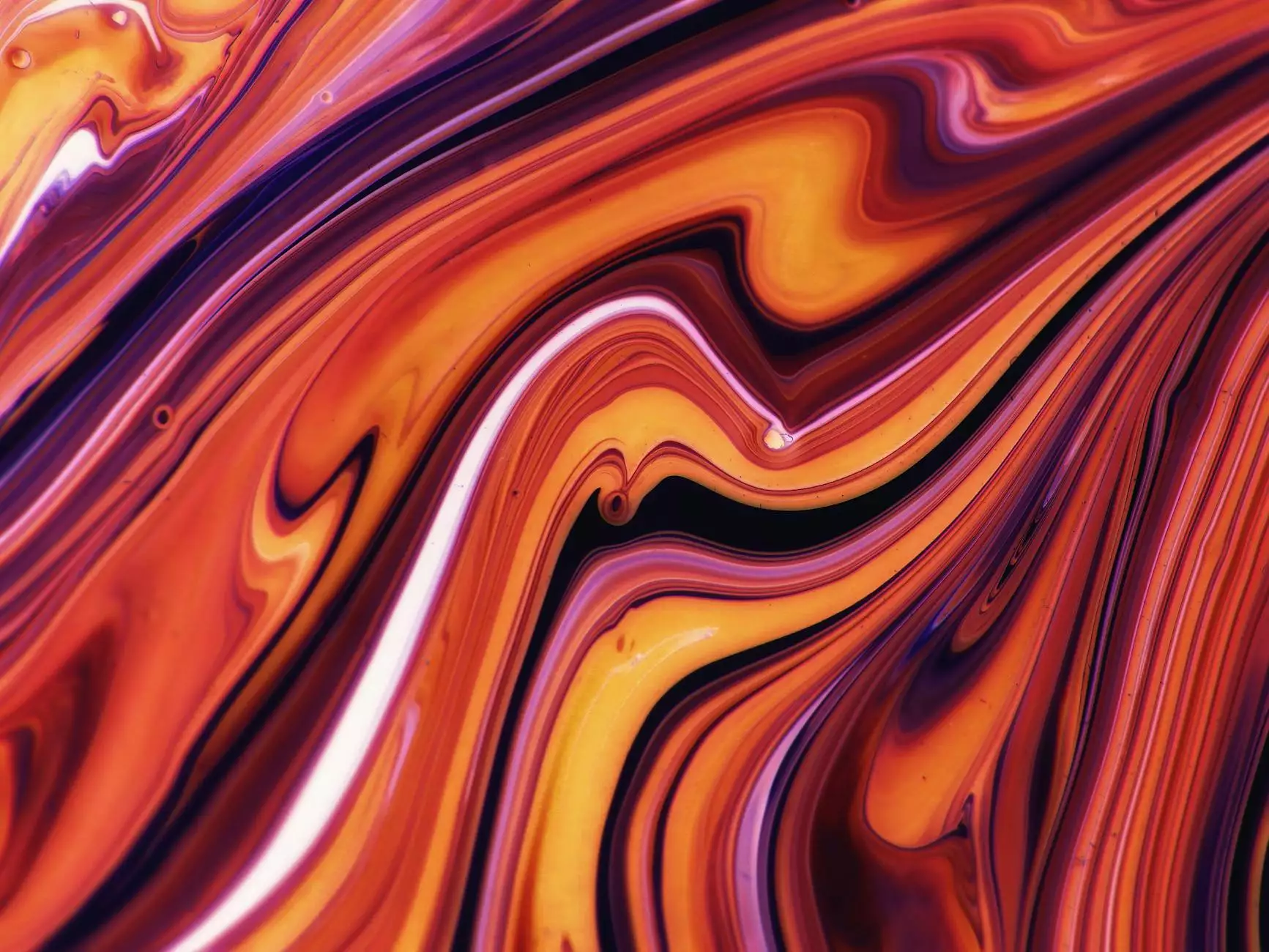Laser Skin Resurfacing Explained
Treatments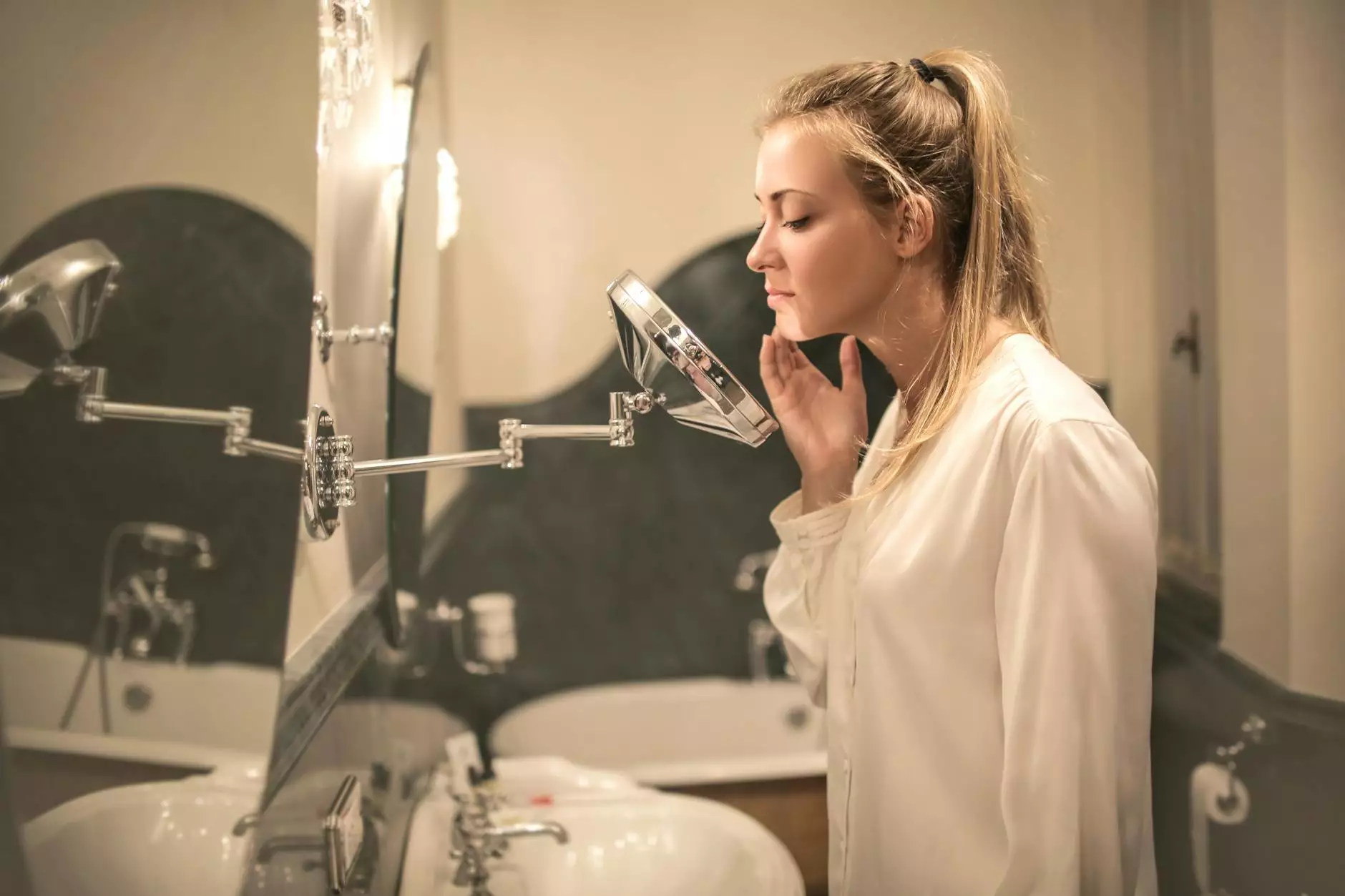
What is Laser Skin Resurfacing?
Laser skin resurfacing is a non-invasive cosmetic procedure designed to improve the overall appearance and texture of the skin. It utilizes laser technology to target specific skin layers, stimulating collagen production and encouraging new skin cell growth. This results in a smoother, more youthful-looking complexion.
Why Choose Laser Skin Resurfacing?
There are several reasons why laser skin resurfacing is a popular choice for individuals seeking to improve their skin:
- Reduces wrinkles and fine lines: Laser skin resurfacing can effectively diminish the appearance of wrinkles and fine lines, giving your skin a more rejuvenated and youthful appearance.
- Improves skin tone and texture: The treatment can help to even out skin tone and improve its texture, making it smoother and more radiant.
- Targets various skin concerns: Laser skin resurfacing can address a range of skin concerns, including sun damage, acne scars, age spots, and pigmentation irregularities.
- Minimally invasive procedure: Unlike surgical procedures, laser skin resurfacing is non-invasive, meaning there is minimal downtime and a reduced risk of complications.
- Long-lasting results: With proper skincare routine and maintenance, the results of laser skin resurfacing can be long-lasting, allowing you to enjoy smoother, younger-looking skin for an extended period.
The Laser Skin Resurfacing Procedure
During a laser skin resurfacing treatment, a trained medical professional will use a specialized laser device to deliver controlled pulses of light to your skin's targeted areas. The laser energy gently removes the damaged outer layers of skin, promoting the growth of new skin cells and collagen production.
Prior to the procedure, a thorough consultation will be conducted to assess your skin condition and determine the most suitable treatment plan for your specific needs. The procedure itself is performed in a comfortable and sterilized environment to ensure your safety and wellbeing.
The duration of the treatment will depend on the size of the treatment area and the extent of the skin concerns being addressed. Most laser skin resurfacing sessions typically take around 30 minutes to an hour.
Recovery and Aftercare
After laser skin resurfacing, your skin will undergo a healing process. Initially, you may experience some redness, swelling, and mild discomfort, which will gradually subside within a few days to weeks. It is important to follow the aftercare instructions provided by your practitioner to optimize your recovery and achieve the best possible results.
During the recovery period, it is crucial to protect your skin from excessive sun exposure and use recommended skincare products. This will help protect your newly resurfaced skin and support the healing process.
Choosing a Qualified Provider
When considering laser skin resurfacing, it is vital to choose a reputable and experienced provider such as Revived Aesthetics. Our team of skilled professionals specializes in providing high-quality laser treatments in a safe and modern environment.
We prioritize your safety and satisfaction, ensuring that you receive personalized care and attention throughout your treatment journey. If you have any questions or concerns, our knowledgeable staff is always available to address them and give you peace of mind.
Conclusion
Laser skin resurfacing is a highly effective cosmetic procedure that can significantly enhance the appearance and texture of your skin. Whether you are looking to reduce wrinkles, improve skin tone, or target specific skin concerns, laser skin resurfacing can provide remarkable results.
Revived Aesthetics is committed to delivering exceptional laser skin resurfacing treatments, tailored to your unique needs. Take the first step towards rejuvenated, younger-looking skin by scheduling a consultation with our experienced team today.

